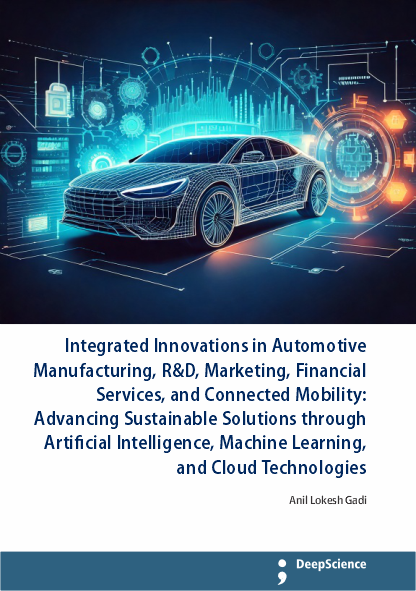Driving innovation through transformative trends in automotive research and development
Synopsis
Innovation is continually at the forefront of businesses (Addepto 2024; AppleTech, 2024; Signity Solutions 2024). Increased competition, government regulation, and technological advancement all challenge business models. For the automotive industry these challenges include Connected and Autonomous vehicles, Manufacturing 4.0, Electrification and Personal Mobility. Innovation Management enables companies to react to opportunities to launch new ideas, products and services. With increased levels of growth (in both connected and autonomous markets) it is vital automotive companies prioritise innovation to deliver desirable products that meet customers’ expectations, align with current and future trends whilst successfully gaining an edge over other competitors. This study looks at current trends within the automotive and associated technology industry. A series of external factors and their growing importance on the automotive sector are discussed. A study of Innovation Management in terms of new organisational structures across the industry is presented. Finally a case analysis of a leading OEM is detailed.
The automotive manufacturing industry has made major systemic shifts in the last 3 decades, moving away from the traditional manufacturing approach towards a more connected, automatic and modern landscape that is able to meet customer expectations and outside factors through the use of real-time data from leaner machines. There has been a distinct shift in the organisational structure of manufacturing that looks to address a more customised product experience for the consumer using differentiation as markets transform into a buyer’s marketplace. This is due to the need to increase effectiveness at expanding the product variety, as well as eliminating waste along the value chain. In-depth investigation into competitors across a number of different fields employing Manufacturing 4.0 technologies to gain competitive success has been examined. A study on the action plans and their feasibility of developing differentiated unique selling points to combat market entry barriers through increasing investments into R&D has been conducted.
This study makes a number of contributions to the existing literature on auto policy evolution and industry analysis. In terms of contributions to policy evolution studies, a dynamic perspective is provided by addressing policy evolution in the automobile industry which is missing in most studies on Indian automobile industry. Unlike most studies which look at policies in isolation and ex-ante or ex-post innovation observations, this study looks at the co-evolution of policies and firms which is a fresh perspective to understand the mechanisms of change. At the level of the automobile industry, this study examines the specificity or contextuality of policies and their impact on firms. On a related note, factors which account for differences in the capabilities of the industry and their co-evolution with policies adapted to grow the capabilities are examined. Finally, the sources of innovation both at policy-level and firm-level are mapped and compared, which brings out the complexity in understanding sources of innovation and their co-evolution.












